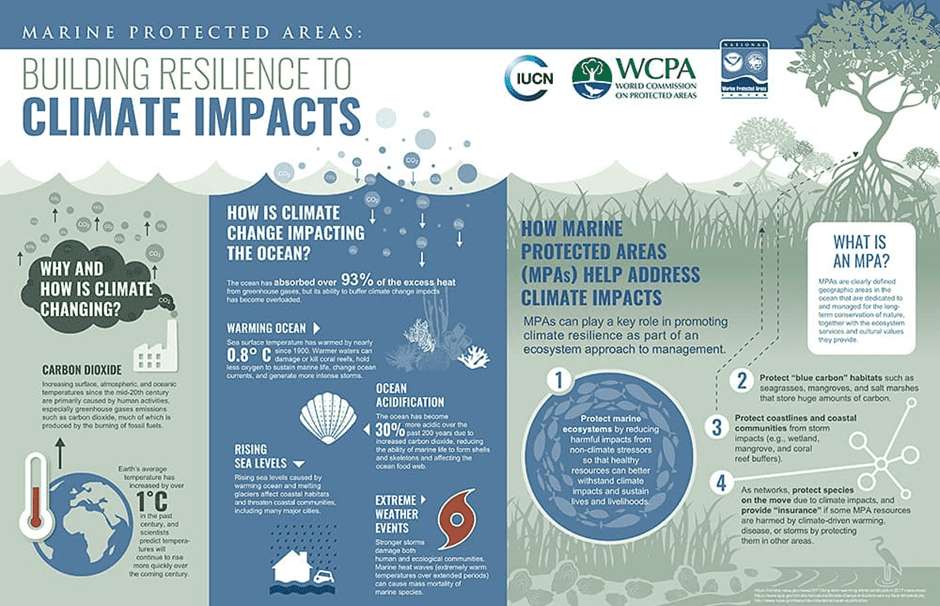Introduction
Climate change is no longer a distant threat—it is a harsh reality that South Asia faces today. From rising temperatures and erratic monsoons to devastating floods and droughts, the effects of climate change are deeply impacting the region’s economies, agriculture, and daily lives. With a dense population, reliance on agriculture, and vulnerable coastal regions, South Asian countries are among the most at risk from climate-related disasters.
This article explores the major ways climate change is affecting South Asia, the challenges it presents, and potential solutions for a more sustainable future.
Major Climate Change Impacts in South Asia
1. Rising Temperatures and Heatwaves
South Asia is experiencing increasing heatwaves, with record-breaking temperatures in India and Pakistan.
Extreme heat is causing health problems, reducing labor productivity, and increasing energy demand.
Urban areas are particularly affected due to the “urban heat island” effect.
2. Unpredictable Monsoons and Extreme Weather Events
Monsoon patterns have become erratic, causing floods in some areas and droughts in others.
Cyclones and storms, such as those in the Bay of Bengal, are becoming more frequent and intense.
These extreme weather events damage infrastructure, displace communities, and disrupt economies.
3. Impact on Agriculture and Food Security
Changes in rainfall patterns and rising temperatures are reducing crop yields.
Staple crops like rice and wheat are facing production challenges due to irregular weather conditions.
Food shortages and rising prices are putting pressure on vulnerable populations.
4. Melting Glaciers and Water Scarcity
The Himalayas, which supply water to millions, are experiencing accelerated glacier melt.
Rivers like the Ganges, Indus, and Brahmaputra are seeing fluctuating water levels, affecting agriculture and drinking water supply.
Water shortages are leading to conflicts over resources, particularly between India and Pakistan.
5. Coastal Flooding and Sea-Level Rise
Coastal cities like Mumbai, Dhaka, and Karachi face an increasing risk of flooding due to rising sea levels.
Saltwater intrusion is contaminating freshwater supplies, affecting agriculture and drinking water.
Millions of people are at risk of displacement due to submerging coastal areas.
Challenges in Addressing Climate Change
1. Economic Constraints
Developing economies struggle to allocate sufficient resources for climate resilience projects.
Many industries, such as coal-dependent power sectors, resist transitioning to sustainable alternatives.
2. Policy and Governance Issues
Lack of coordinated climate policies among South Asian nations weakens regional resilience.
Enforcement of environmental regulations is often inconsistent or insufficient.
3. Population Growth and Urbanization
Rapid urbanization is increasing pollution levels, leading to poor air quality in cities.
Deforestation for infrastructure development is exacerbating climate issues.
4. Limited Public Awareness and Education
Many communities remain unaware of climate risks and sustainable practices.
Rural populations, in particular, lack access to climate adaptation resources.
Potential Solutions for South Asia
Investing in Renewable Energy: Expanding solar, wind, and hydroelectric power can reduce dependence on fossil fuels.
Strengthening Climate Policies: Governments must enforce stricter environmental law



